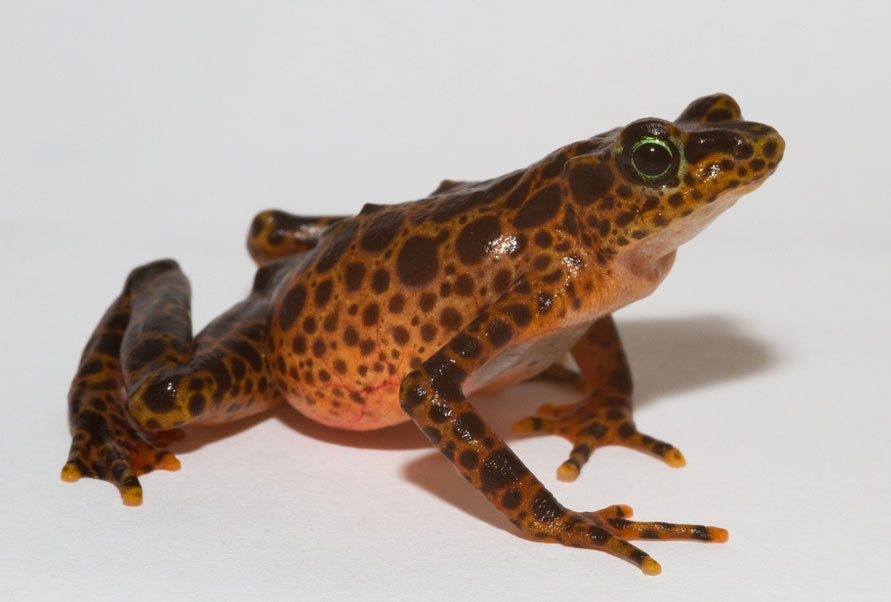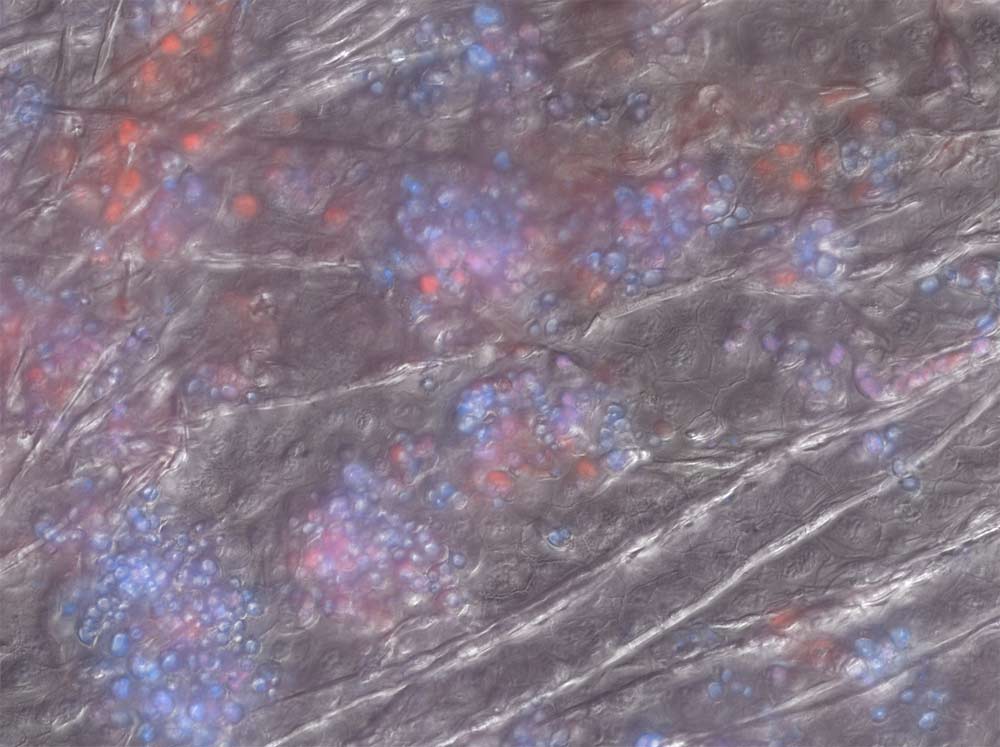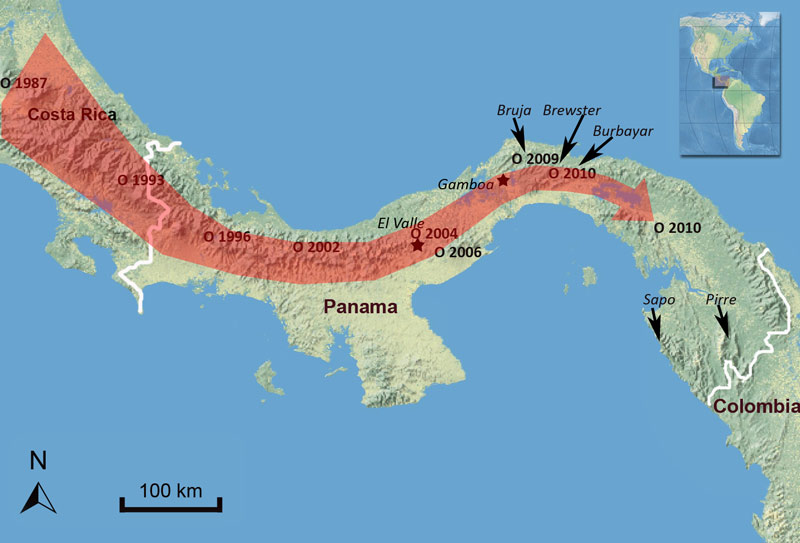Fast-Paced Spread of Frog Fungal Disease Alarms Scientists

A rapidly spreading, lethal amphibian disease has reached a site bordering the Darien National Park in Panama — the last area in the entire neotropics region to be free of the disease, scientists announced this week.
The disease has been linked to the dramatic population decline and extinction of frog species worldwide.
The infectious fungal disease, called chytridiomycosis, is thought to kill its victims by clogging their skin, essentially suffocating them. And it's at least partly responsible — along with climate change, habitat loss and pollution — for the disappearances of 94 of the 120 frog species thought to have gone extinct since 1980. It has affected amphibians in South America, western North America, Central America, eastern Australia, and Dominica and Montserrat in the Caribbean.

And now it's bumping up against Darien National Park, which is located in eastern Panama and is considered part of the neotropics — tropical highlands of the Americas.

Based on research of the disease's spread in El Cope in western Panama, the researchers say they don't have much time to save frogs in Darien: Within five months of the disease's first case in El Cope, it wiped out 50 percent of the area's frog species and 80 percent of its overall frog population. [7 Devastating Infectious Diseases]
"We would like to save all of the species in the Darien, but there isn't time to do that now," Brian Gratwicke, a biologist at the Smithsonian Conservation Biology Institute and international coordinator for the Panama Amphibian Rescue and Conservation Project, said in a statement.
In 2007, Doug Woodhams, a researcher at the Smithsonian Tropical Research Institute, tested 49 frogs at a site bordering the Darien and found that none of them tested positive for the fungus. But when he tested 93 frogs from the same area in January 2010, he discovered that 2 percent were infected with the disease.
Sign up for the Live Science daily newsletter now
Get the world’s most fascinating discoveries delivered straight to your inbox.
"Finding chytridiomycosis on frogs at a site bordering the Darien happened much sooner than anyone predicted," Woodhams said. "The unrelenting and extremely fast-paced spread of this fungus is alarming."
In an effort to rescue some of Darien's frogs from extinction, scientists at the Panama Amphibian Rescue and Conservation Project have already succeeded in breeding three species in captivity, and are aiming to save 20 more species.
"These animals that we are breeding in captivity will buy us some time as we find a way to control this disease in the wild and mitigate the threat directly," Woodhams said.
Follow Live Science for the latest in science news and discoveries on Twitter @livescience and on Facebook.










